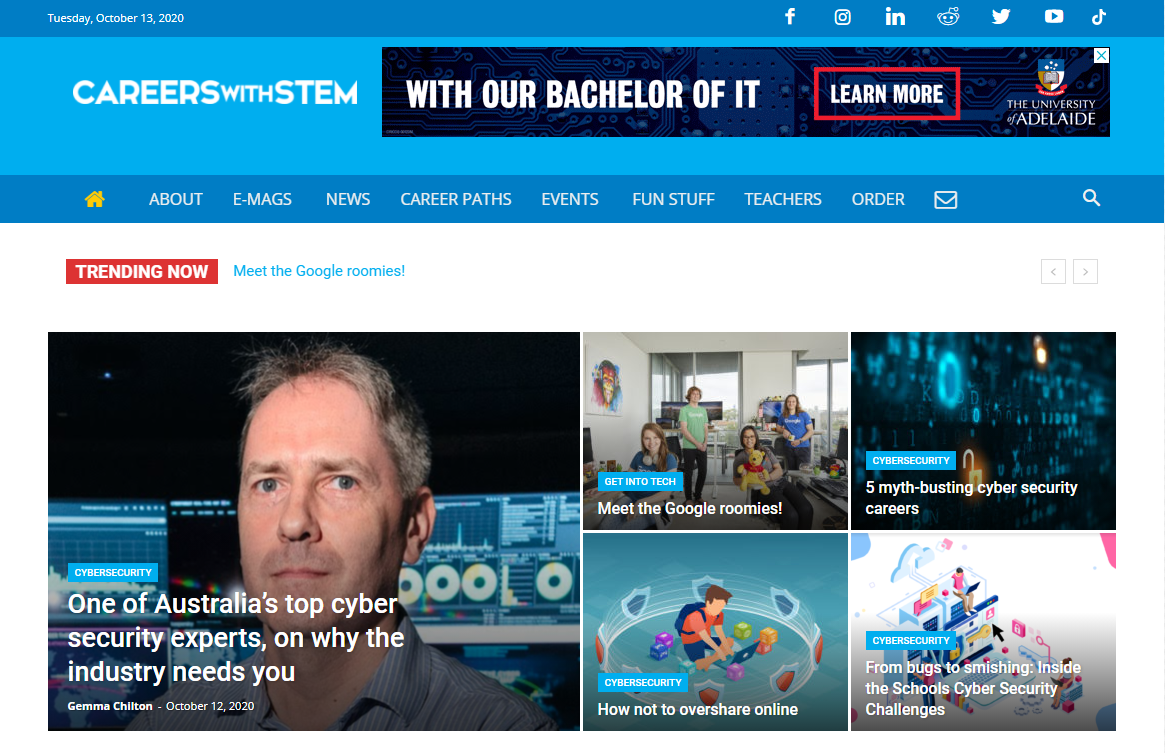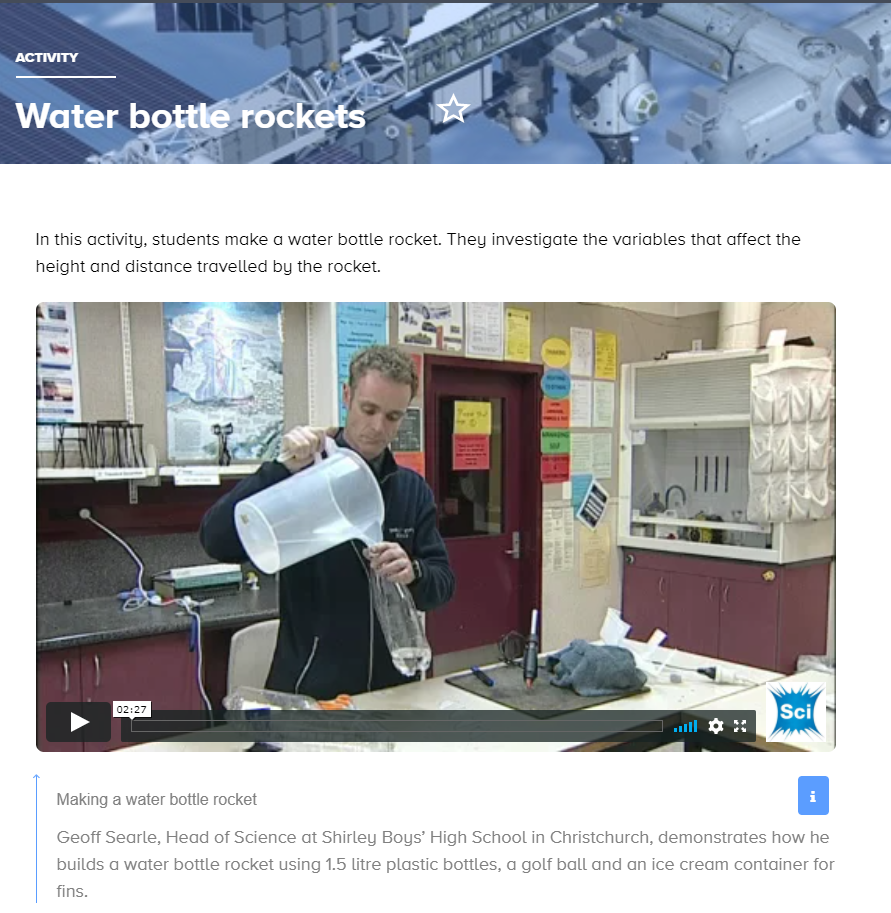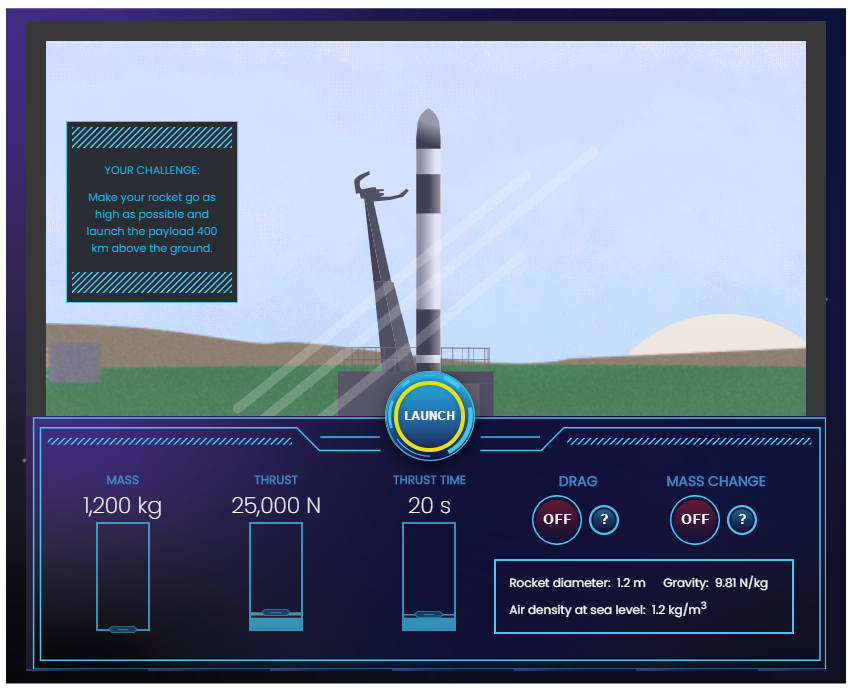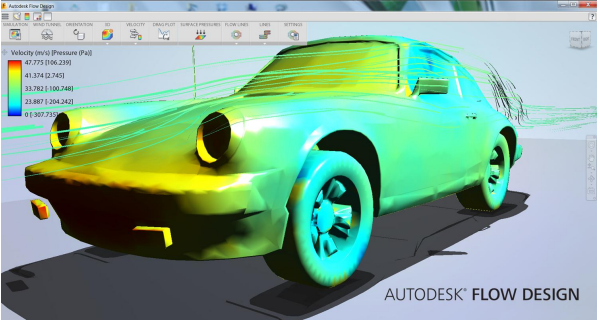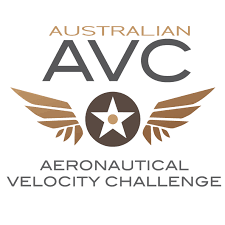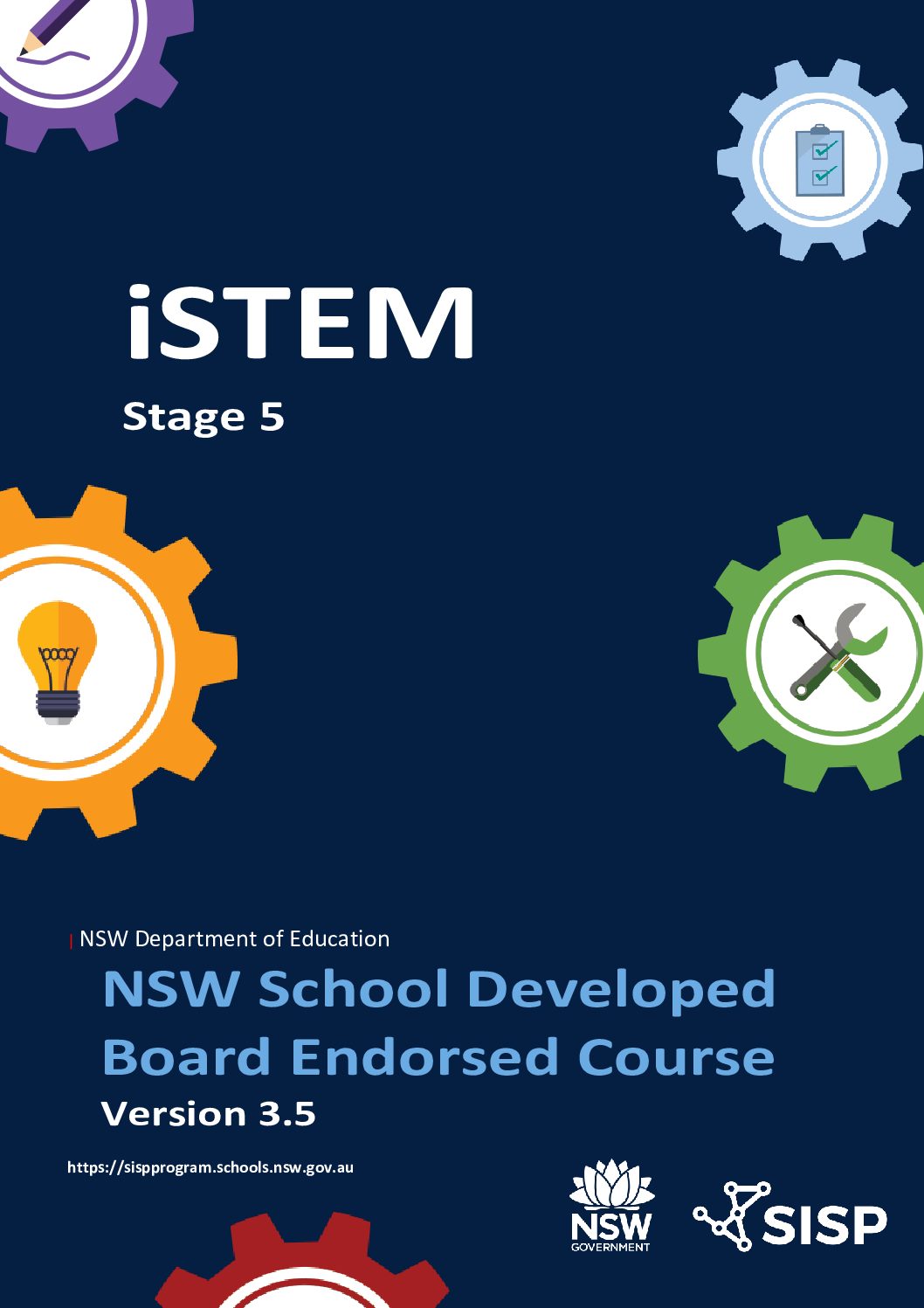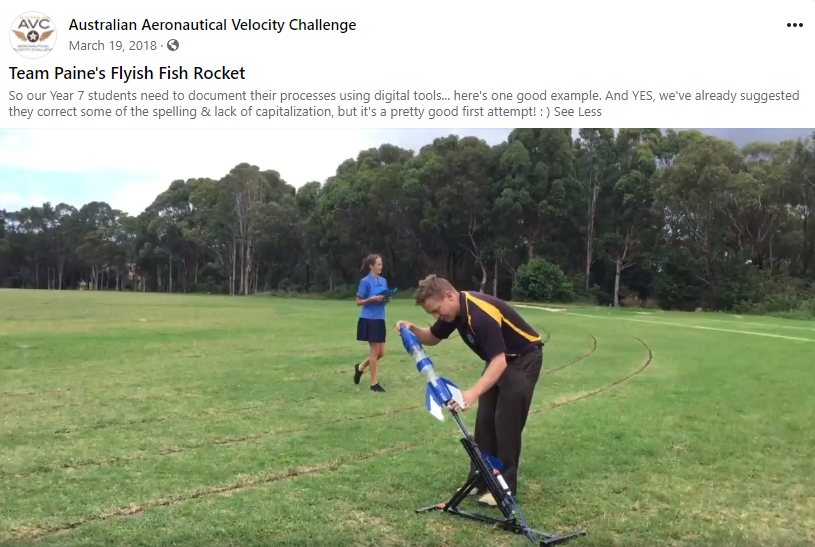 Sample Unit of Work
Sample Unit of Work
The following Unit of Work was developed as a collaboration with the STEM Industry School Partnerships (SISP) program and teachers from Cessnock High School. Aeronaut is a 11 week unit of work to support the Aerodynamics iSTEM elective. It has been designed to meet the localised needs of the Cessnock Academy of STEM Excellence. The Unit of Work document is available below.
Summary of Unit
 Students explore the mathematical, scientific, technological and engineering principles of Aerodynamics and apply STEM Fundamentals in the design of practical projects using an engineering design process. Students develop an understanding of STEM connections of Aerodynamics within the world they live, including related skills, industries and careers.
Students explore the mathematical, scientific, technological and engineering principles of Aerodynamics and apply STEM Fundamentals in the design of practical projects using an engineering design process. Students develop an understanding of STEM connections of Aerodynamics within the world they live, including related skills, industries and careers.
Students investigate past, current and emerging technologies and design elements through the development of prototypes to simulate the impacts of aerodynamic principles on aesthetics, efficiency and function of engineered rocket, aeroplane and automobile solutions. Students develop inquiry and project based learning skills appropriate to STEM practice through both individual and collaborative tasks using relevant software and hardware to produce engineered solutions.
Students design, produce, evaluate and communicate solutions to aerodynamic problems related to lift, drag, weight and thrust to meet detailed specifications.
STEM Learning Activities
Suggested Activity 1: The Bottle Rocket Challenge
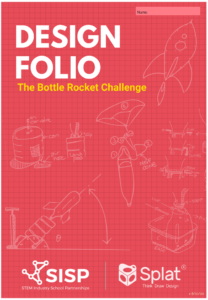 The Bottle Rocket Challenge has been developed by the STEM Industry School Partnerships (SISP) Program in collaboration with Design Nutstm. The Challenge is a great way to demonstrate the different aspects of the iSTEM process leading to the development of an innovative solution to a aerodynamics problem.
The Bottle Rocket Challenge has been developed by the STEM Industry School Partnerships (SISP) Program in collaboration with Design Nutstm. The Challenge is a great way to demonstrate the different aspects of the iSTEM process leading to the development of an innovative solution to a aerodynamics problem.
A two video series has been produced to help step students through the iSTEM process whilst designing a Bottle Rocket.
Click the resources button to find resources to support the Bottle Rocket Challenge.
Suggested Activity 2: Skylap
 Skylap uses the fascination of flight to motivate students to develop their own aircraft design. There are so many variables that the only one way to see if it will fly is to test it. How much lift does it achieve? How fast is it? How do small modifications affect its flight behavior? All these things are tested using the Power Anchor. Students begin by making a simple aircraft and test it for speed, weight and lift using the Power Anchor. The results become a baseline for further modifications.
Skylap uses the fascination of flight to motivate students to develop their own aircraft design. There are so many variables that the only one way to see if it will fly is to test it. How much lift does it achieve? How fast is it? How do small modifications affect its flight behavior? All these things are tested using the Power Anchor. Students begin by making a simple aircraft and test it for speed, weight and lift using the Power Anchor. The results become a baseline for further modifications.
Note This project requires the purchase of the Power Anchor or Power STEM device available from Designability Group. The project has rich in engineering content, backed up with Skylap materials kits, a full set of teaching resources including student notes and teacher notes plus classroom video with demonstrations plus all the consumables to run the project with confidence. to find out more visit https://powerstem.com.au/
Downloads
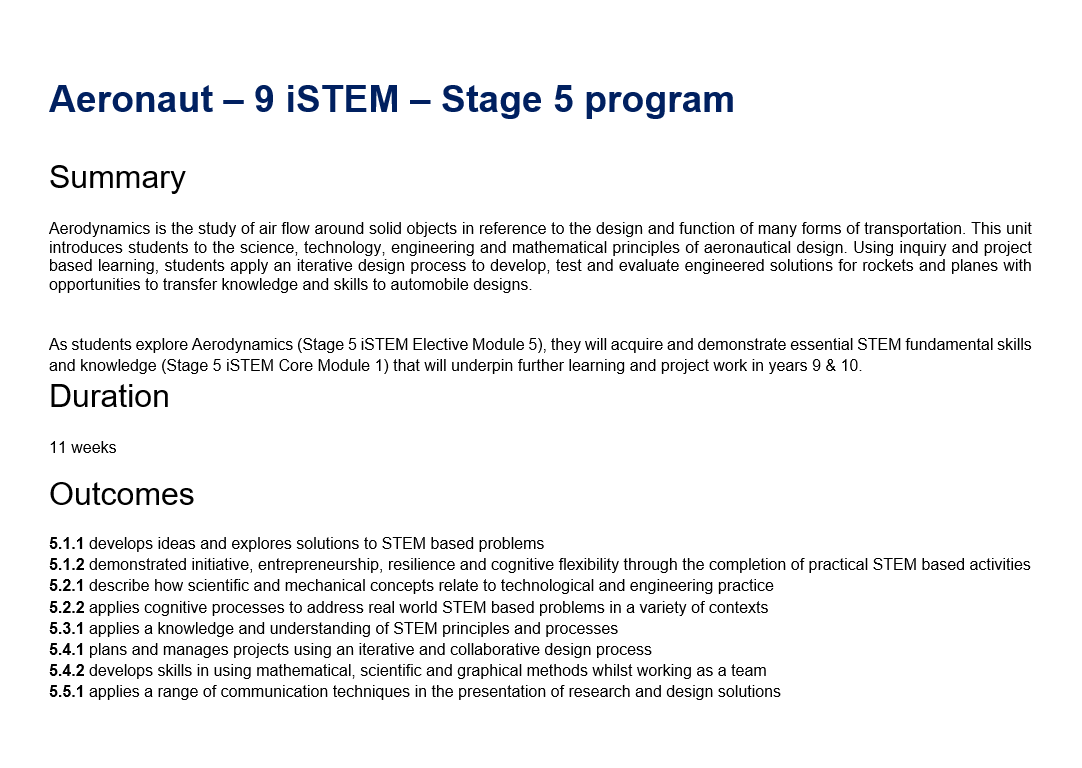
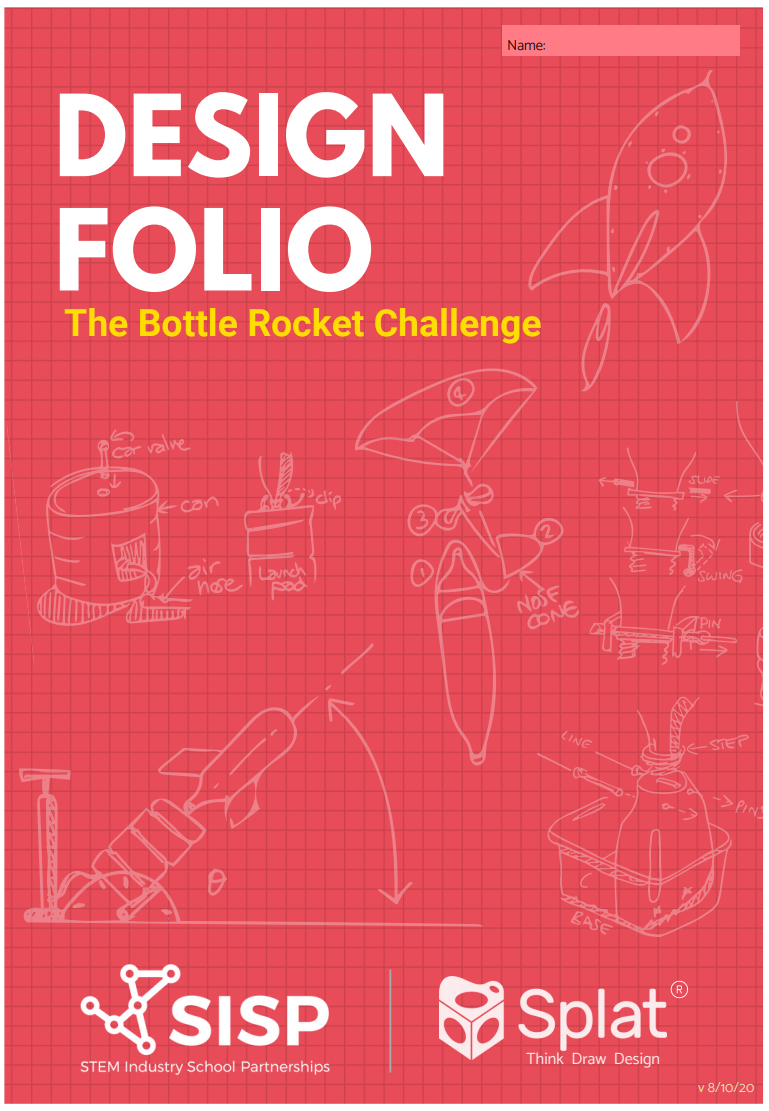
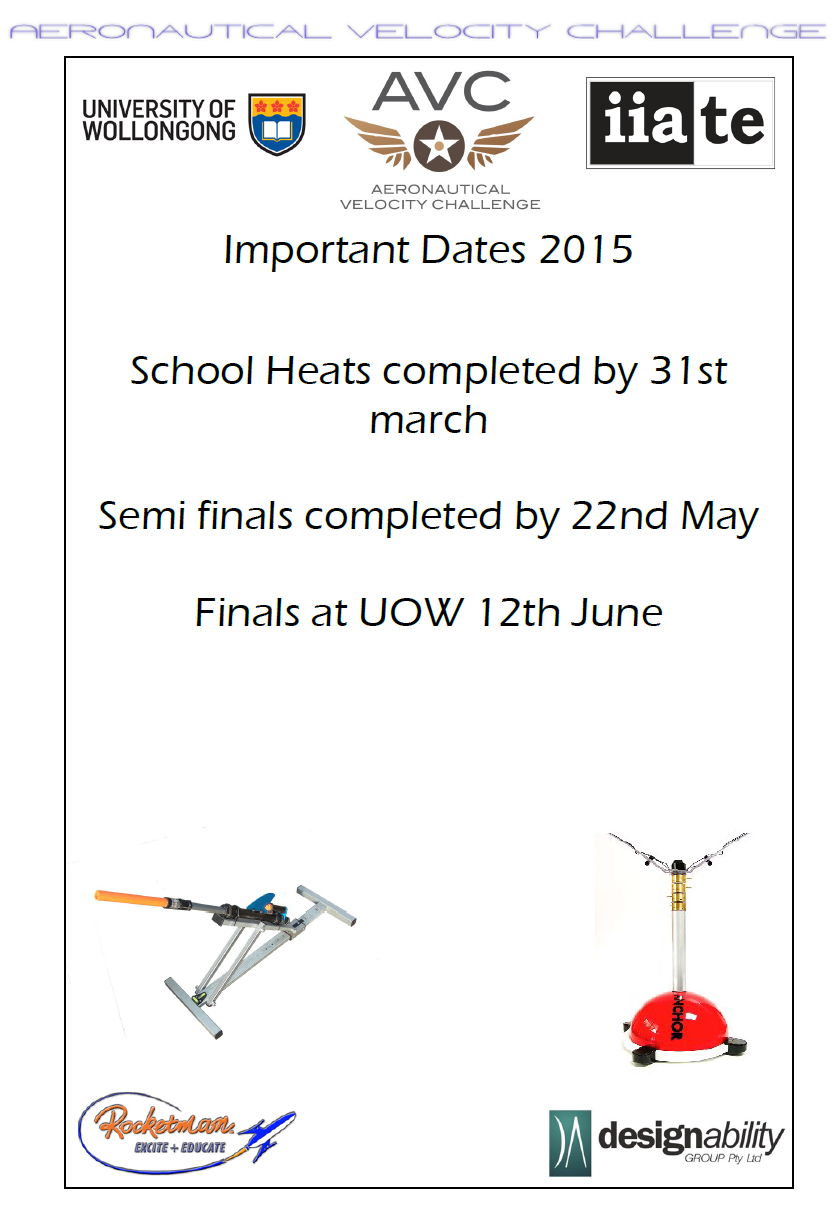
Videos
Links
